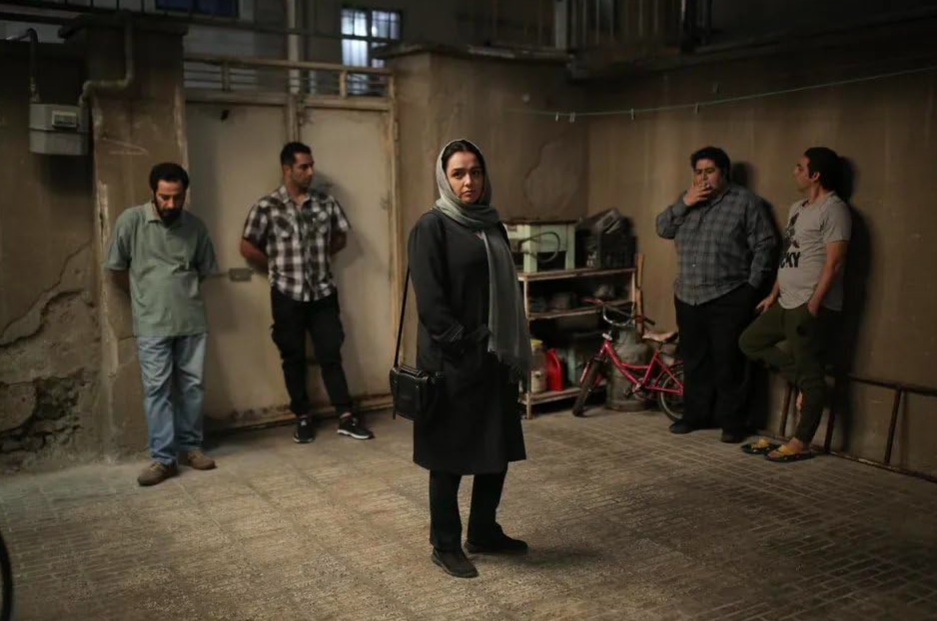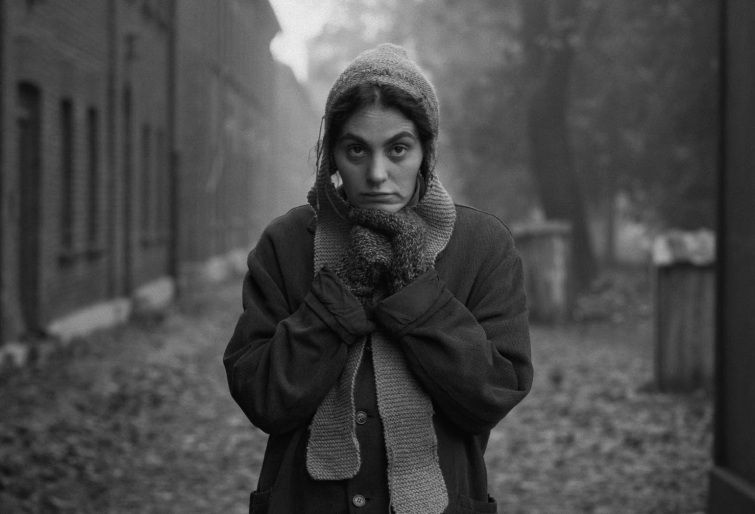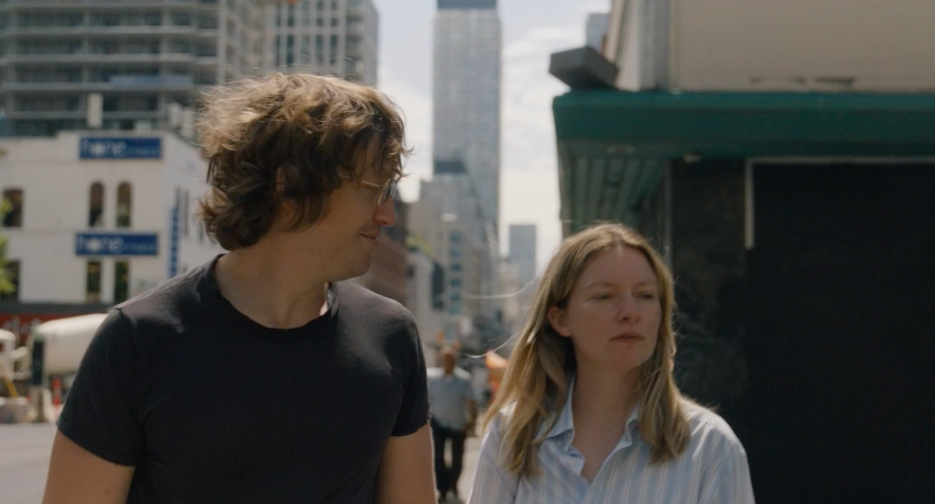OTC Rating : 4/5
Language: Persian (Farsi)
Country: Iran
Runtime: 2h 45m
Introduction
Leila’s Brothers is an Iranian family drama that unfolds like a slow-burning epic. Directed by Saeed Roustayi, the film looks deeply into family dynamics, economic struggle, and gender roles in modern Iran. It’s a heavy film — both emotionally and in runtime — but every minute counts. With incredible performances and powerful visual storytelling, it’s a film that stays with you.
Story: One Woman’s Fight in a Man’s World
At the center of the film is Leila, a strong and determined woman who has spent her life taking care of her four brothers and their aging, manipulative father. The family is struggling financially, trapped in a cycle of debt and false hope. Leila sees a chance for the family to escape poverty by starting a business together. But their father has his own dream: to gain social prestige by becoming the patriarch of a powerful extended family clan.
What follows is a heartbreaking and intense power struggle — between past and future, between pride and survival, and between family members torn by love, resentment, and duty. It’s not just about money; it’s about dignity, control, and whose voice matters in a family.
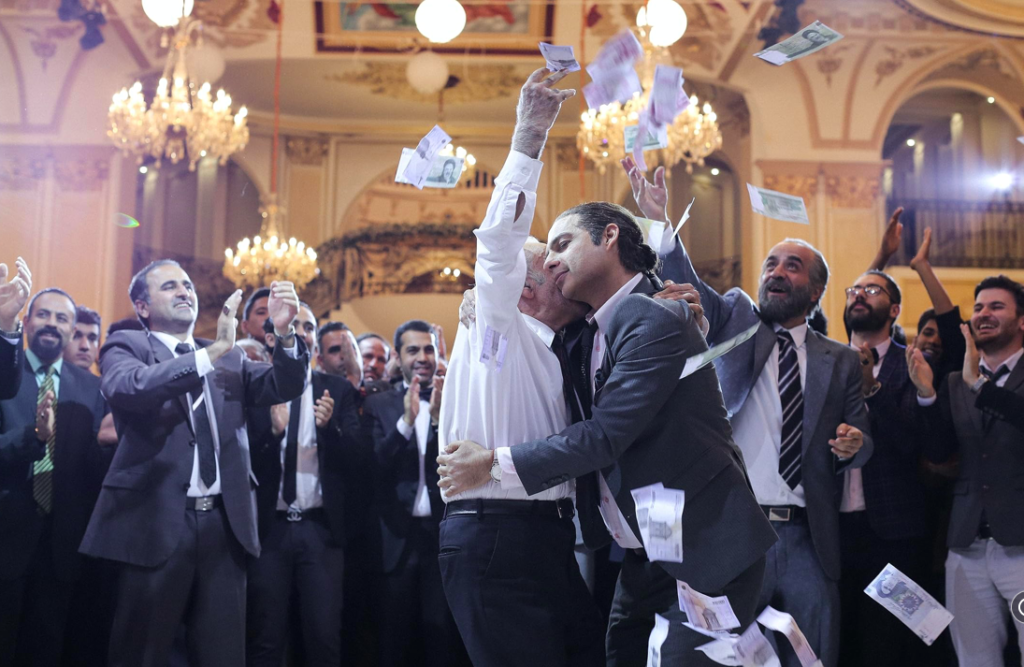
Image courtesy : IMDB
Direction: Saeed Roustayi’s Bold Vision
Roustayi directs with clarity and emotional depth. He allows scenes to breathe, letting tensions rise slowly and naturally. The film may be nearly three hours long, but it never feels boring. The emotional weight builds steadily, and Roustayi doesn’t rush any moment — he gives every scene the space to feel real.
His direction is layered: on one hand, it’s an intimate story about one family; on the other, it’s a bigger commentary on a crumbling society — where the old ways no longer work, but the new ones haven’t taken hold yet.
Performances: Raw, Real, and Powerful
Taraneh Alidoosti as Leila gives a stunning performance. She carries both the emotional and narrative weight of the film. You can feel her exhaustion, strength, frustration, and love in every scene. She makes Leila real and deeply relatable.
The actors playing her brothers — Navid Mohammadzadeh, Payman Maadi, and others — are equally compelling. Each brother has his own struggles and personality, and the actors bring them to life with honesty and vulnerability.
Saeed Poursamimi, as the father, is unforgettable. His performance is frustrating, tragic, and sometimes even darkly funny. He represents a generation that refuses to let go of old pride, even at the cost of his children’s future.
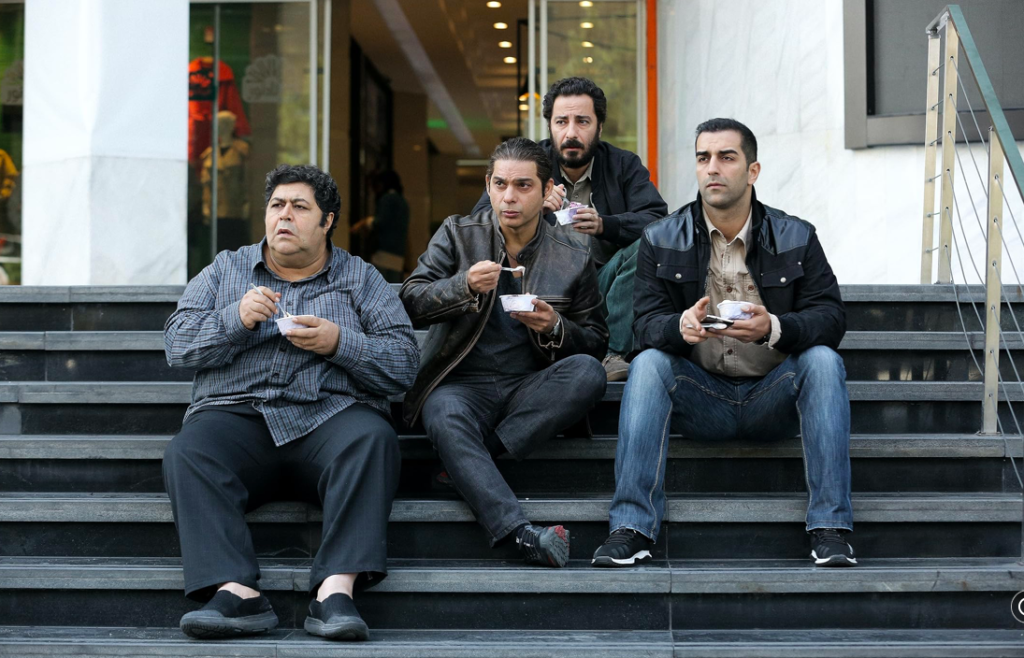
Image courtesy : IMDB
Cinematography: Emotion Through Space and Framing
The cinematography is beautifully subtle. Camera movements are often slow and controlled, reflecting the tension and stillness in the family’s emotional state. Indoor scenes — especially in their cramped apartment — use tight framing to show how trapped and suffocated everyone feels. The use of shadows and natural lighting makes everything feel grounded and emotionally heavy.
The contrast between intimate family moments and large ceremonial events (like the clan gathering) also speaks volumes. The visuals always serve the story.
Production & Art Design: Realism and Symbolism
The production design is grounded and realistic. The family’s home feels lived-in — slightly run-down, full of clutter, and reflective of their financial struggle. There’s no glamour here, but every detail adds to the sense of pressure and fatigue.
In contrast, the scenes involving the extended family’s rituals are grand, traditional, and full of performative masculinity. This visual contrast helps emphasize Leila’s isolation and the film’s critique of outdated systems.
Sound Design: Subtle Yet Strong
The sound design in Leila’s Brothers is never overpowering, but it’s very effective. You’ll notice the silence in tense family scenes — the awkward pauses, the creak of chairs, the sound of breathing — all adding to the drama. Background noise is used to build the atmosphere without pulling focus.
Arguments and emotional moments are often not covered by music, letting raw sounds carry the weight — a choice that makes scenes more realistic and intense.
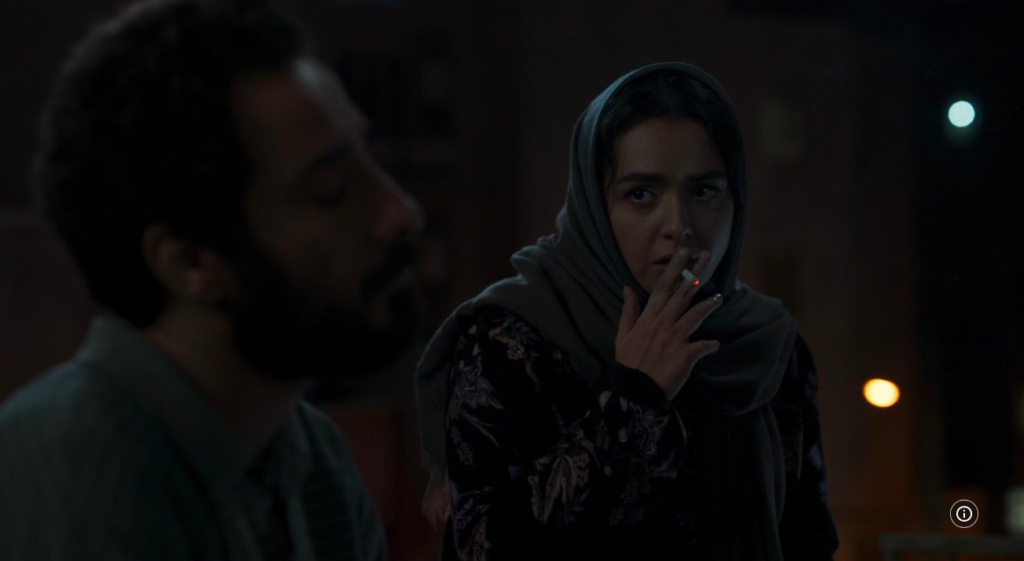
Image courtesy : IMDB
Music & BGM: Sparing Use, Strong Impact
There’s very little background music in the film, and that’s on purpose. When music does appear, it usually comes in during transitions or highly emotional turning points. Its rare use gives it more power — you notice it, you feel it.
Instead of relying on music to drive emotion, the film lets performances and silence do the work. It’s a bold choice, and it pays off.
Editing: Patient and Purposeful
The editing is slow and steady, matching the film’s tone. Scenes are allowed to play out in real time, and this adds a lot of emotional tension. The pacing helps us sit with the characters, understand their struggles, and absorb the consequences of every decision.
Despite the long runtime, there’s a rhythm to the film — a kind of emotional heartbeat — that keeps you engaged throughout.
Conclusion
Leila’s Brothers is not just a family drama — it’s a powerful social commentary, a feminist statement, and a heartbreaking portrait of modern life in crisis. With exceptional acting, rich storytelling, and deeply thoughtful direction, it’s one of the most important films to come out of Iran in recent years.
It’s a film that doesn’t offer easy answers, but it forces us to ask big questions: What do we owe our families? What does dignity mean? And how do we move forward when the old world refuses to let go?
Why You Should Watch It:
- A deeply emotional and realistic family drama
- One of the strongest lead performances in recent cinema
- A bold and subtle critique of tradition, patriarchy, and power
- Beautiful, understated cinematography
- A film that stays with you long after it ends

